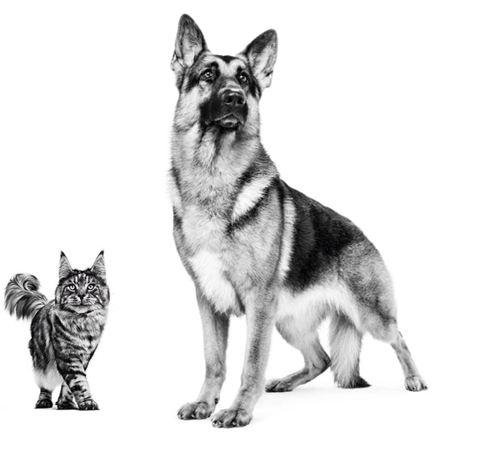
Get access to all handy features included in the IVIS website
- Get unlimited access to books, proceedings and journals.
- Get access to a global catalogue of meetings, on-site and online courses, webinars and educational videos.
- Bookmark your favorite articles in My Library for future reading.
- Save future meetings and courses in My Calendar and My e-Learning.
- Ask authors questions and read what others have to say.
Brachycephalic Syndrome - New Information on an Old Congenital Disease
Get access to all handy features included in the IVIS website
- Get unlimited access to books, proceedings and journals.
- Get access to a global catalogue of meetings, on-site and online courses, webinars and educational videos.
- Bookmark your favorite articles in My Library for future reading.
- Save future meetings and courses in My Calendar and My e-Learning.
- Ask authors questions and read what others have to say.
Read
Introduction
Brachycephaly is an increasingly topical subject and for many reasons veterinarians need to be thinking about it again. For a start, brachycephalic animals are gaining in popularity. In many parts of the world, brachycephalic breeds figure among those with the highest percentage growth in terms of offspring. This is true not only of dog breeds but also, increasingly, of brachycephalic cat breeds (1). Moreover, the severity of the symptoms associated with this malformation appears to have been greatly exacerbated in recent decades. This could be one of the main reasons why animals are presenting with severely obstructed breathing at an ever younger age. Previously, brachycephalic respiratory distress and exercise intolerance were considered to be due solely to the narrowing or obturation of the upper airways, leading to reduced ventilation of the lungs. Today, we believe that in dogs, the nose also plays a vital role in thermoregulation. In brachycephalic animals it is probable that the heat-related disorders are caused more by restricted temperature regulation than by reduced ventilation of the lungs and the resulting lack of oxygen. However, non-medical, social aspects are now also part of the issue. The public and the media are well aware of subjects such as selective breeding for exaggerated features which can be detrimental to the health and quality of life in pedigree dogs (2,3). [...]
Key Points
- Worldwide, brachycephalic breeds are becoming more and more popular, but selective breeding for exaggerated features has led to multiple stenoses of the upper airways and respiratory problems are becoming more severe, and presenting at an earlier age
- Malformations and collapsibility of the upper airways are much more complex than previously thought
- A dog’s nose is thought to be essential for effective thermoregulation; this function is compromised in many brachycephalic animals
- A fundamental rethink in brachycephalic breeding is essential in order to save the breeds. Veterinarians and kennel clubs need to cooperate more effectively and discuss the problem openly
Get access to all handy features included in the IVIS website
- Get unlimited access to books, proceedings and journals.
- Get access to a global catalogue of meetings, on-site and online courses, webinars and educational videos.
- Bookmark your favorite articles in My Library for future reading.
- Save future meetings and courses in My Calendar and My e-Learning.
- Ask authors questions and read what others have to say.
About
How to reference this publication (Harvard system)?
Author(s)
Copyright Statement
© All text and images in this publication are copyright protected and cannot be reproduced or copied in any way.Related Content
Readers also viewed these publications
Subscribe
Access to the content of the Veterinary Focus website is reserved for animal health professionals. If you do not yet have a user account with Royal Canin you can create a free account by selecting the New User form. Subscription to the journal is free and issues in your preferred language can be obtained at the Veterinary Focus website.




Comments (0)
Ask the author
0 comments